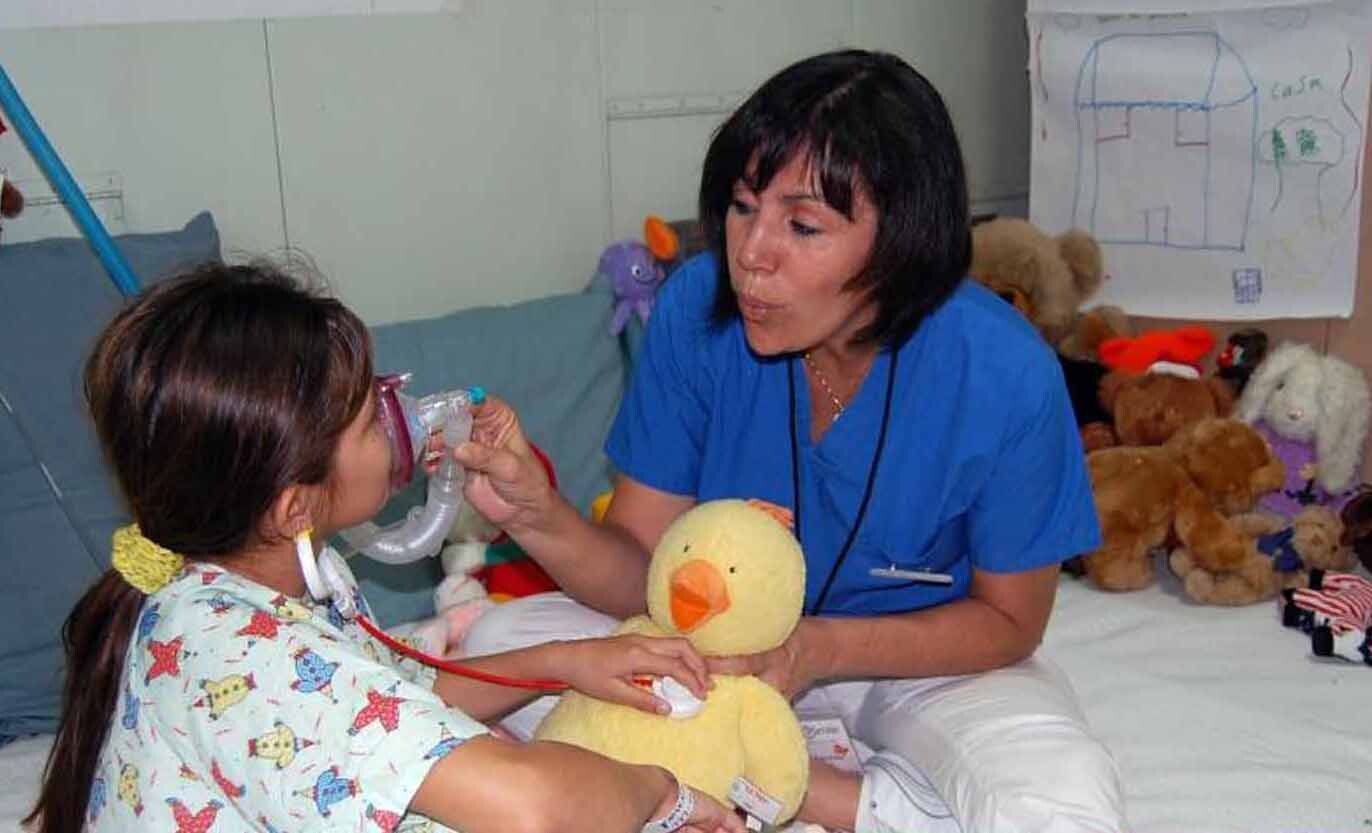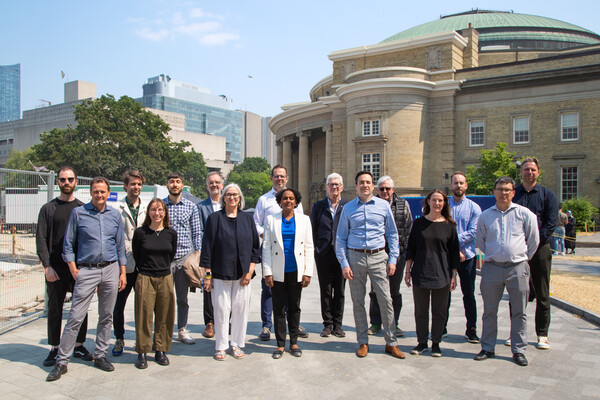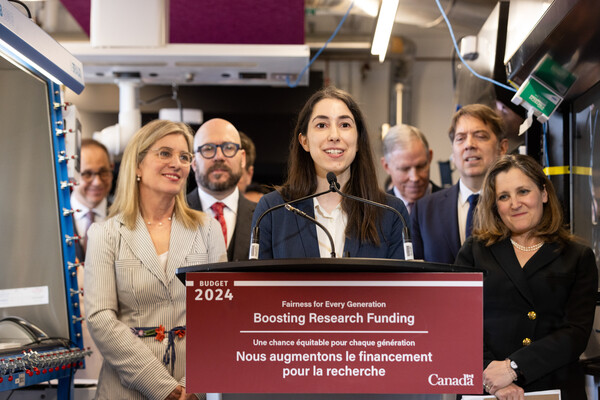Mobile Menu
- Education
- Research
-
Students
- High School Outreach
- Undergraduate & Beyond: Community of Support
- Current Students
- Faculty & Staff
- Alumni
- News & Events
- Giving
- About

Only a few hours after birth, Maya Murphy experienced respiratory distress, leaving the newborn unable to breathe and nurse at the same time. An X-ray of her chest revealed that her heart was on the opposite side of her body, a condition called situs inversus. This unique finding, coupled with her respiratory problems, was an indication to doctors that she may have a rare genetic lung disease called primary ciliary dyskinesia (PCD).
Fortunately for Maya, now 9, doctors recognized the signs early and she was diagnosed and able to begin treatment to slow the progression of lung disease right from infancy. Most children with PCD are not typically diagnosed until they are between the ages of nine and 13, after years of chronic cough, runny nose, pneumonia, other respiratory symptoms and continuous visits to multiple physicians. It turns out that another key common trait is that they all begin their lives with respiratory distress like Maya’s.
A new study led by Sharon Dell of The Hospital for Sick Children (SickKids) and an Associate Professor of Paediatrics at the University of Toronto is the first to demonstrate a pattern of symptoms that could help clinicians recognize and diagnose PCD within the first few months of life, rather than years later when lung disease is often already advanced. The results are published in the November 24 online edition of Pediatrics.
PCD is a rare inherited disease that affects how cilia, the hair-like structures that line the respiratory tract, move to sweep mucus from the lungs.
“The reason for delayed diagnosis is because for the majority of PCD patients, about 75 to 85 per cent, the disorder presents in infancy with unexplained neonatal respiratory distress which is also common in about five per cent of healthy term infants. So for babies who have problems breathing and whose hearts are on the left, until now there has been no clear way to distinguish PCD from other common causes of neonatal respiratory distress,” says Dell, principal investigator of the study, and Staff and Clinical Investigator in Respiratory Medicine at SickKids.
Dell started the PCD clinic at SickKids in 2004, and began to observe a clinical pattern among her patients. After 10 years of caring for these patients and collecting data, she had enough evidence to confirm some of the observations. The study found that 70 per cent of patients with PCD also had partial lung collapse in the neonatal period. This suggests that lung collapse in the context of unexplained respiratory distress should lead clinicians to consider PCD as possible diagnosis. The study also found an association between PCD and prolonged oxygen therapy, and situs inversus.
“The hope is that our findings will help clinicians identify this disease in the neonatal period, and will prompt early disease management which will slow the progression of lung disease and significantly improve the quality of life of these patients,” says Dell.
PCD is a life-limiting disorder that affects approximately 1 in 15,000 people, and has varying outcomes. Some may live normal lives well into their 80s, while others will require lung transplants in their 20s, 30s and 40s.
Maya has been followed in the PCD clinic at SickKids since birth. At nine years old, she is now at the average age when kids with PCD are initially diagnosed. “Because Maya was diagnosed so young, we were able to begin therapy before any major damage was done. We feel very blessed, as I know of many kids who have gotten very sick,” says Maya’s mom, Paula Murphy, who organizes a fundraiser every year called Maya’s March that supports PCD research at SickKids. “Despite doing chest physiotherapy multiple times a day since, and taking a daily antibiotic and a puffer, Maya is an energetic Grade 4 student who enjoys skating, hip hop and cross country. We are so thankful for that.”
Dell adds that over the past 10 years, the medical community has come a long way in the diagnostic tests for PCD. “If we have the opportunity to intervene early and provide good medical management of these patients, we can stop the decline in lung function and really improve outcomes for these patients.”
This research was supported by the National Institutes of Health (NIH) research and SickKids Foundation.

